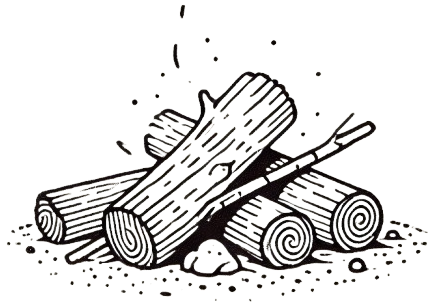Back to this information about upcoming Bonfire capability: https://bonfirenetworks.org/docs/boundaries/ In the "circles" diagram, there is a circle of relationship "exchange" where we have a paid relationship. An example IRL exchange could be someone with which I have a handy-person relationship. I want someone who is IRL near me. With this particular iteration of Bonfire, I would have to identify all the handy-people who meet my requirement of "near" IRL and place them in my exchange circle.
Here are the two use cases I know of:
-
on NextDoor (ND) app, I have a neighborhood, so I know (sort of) that putting out a "need IRL help" to my neighborhood is supposed to result in "near" IRL people seeing my help request. This assumes ND is properly not over-distributing my posts beyond my declared neighborhood.
-
a Unitarian church near me offers a service to connect less-abled members of that particular church to more-abled members for getting needs met. Again, the church "instance" provides the IRL "near enough" element for connecting those with needs to those with offers.
Both of these use cases are examples where ValueFlows (VF) are intended to service (AFAICT). Seems that the Circles function in the Boundaries description are trying to set up, maybe, a future entry of ValueFlows enablement-- maybe? Or maybe, the Circles function is supposed to help set the IRL parts of VF implementation? Here's the example I'm thinking of wrt VF: https://www.valueflo.ws/assets/ValueFlows-Story.pdf In this story, since apples, pies, and truck sharing are physcially exchanged, they need to be IRL near.
Protecting oneself online is an important aspect of the boundaries (and circles) function described. IMO, it needs to go the other way, too.
